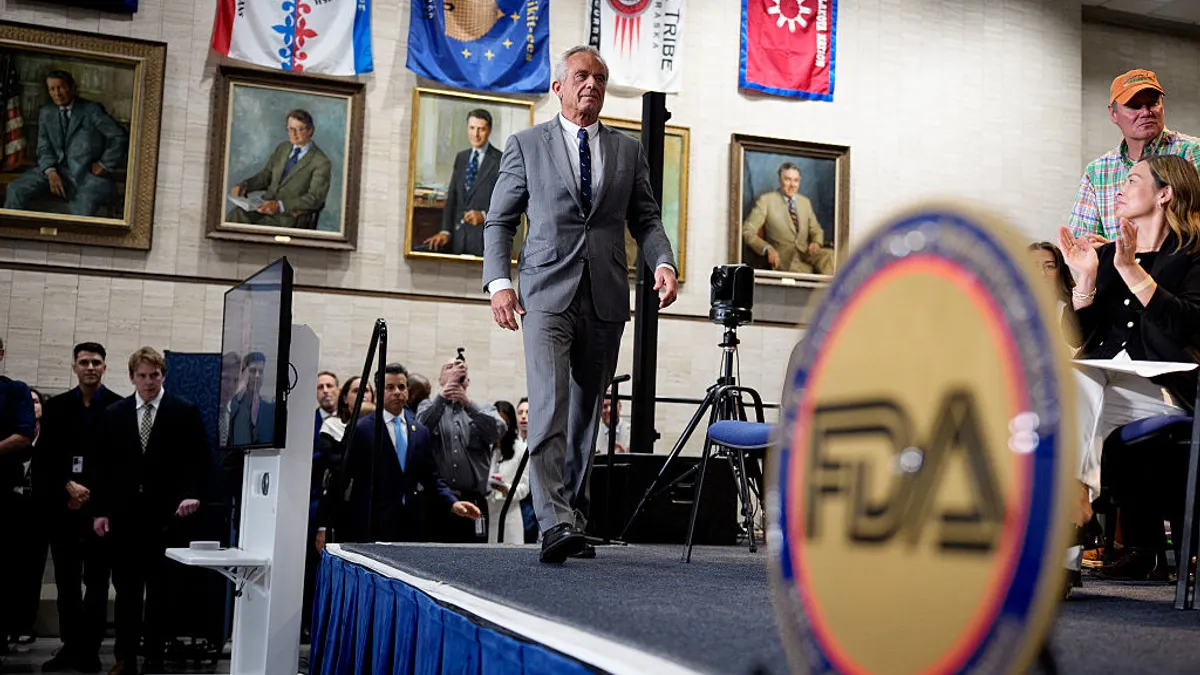As the holiday season approaches, food companies face a familiar challenge: Ensuring inventory is not just secured, but ready to move efficiently and responsively. In today’s climate, tariff volatility, shifting consumer habits, and rising costs are reshaping supply chains week by week. For transportation directors, success depends on agility, visibility, and strategic partnerships.
1. Diversified Sourcing: Building Flexibility from the First Mile
Food companies are increasingly exposed to risks from single-source imports. Recent expansions in tariffs—over 700 new product categories added—mean disruptions can quickly ripple through supply chains. Diversified sourcing strategies are essential for the food industry, especially when sourcing globally. By spreading procurement across multiple regions and leveraging flexible storage agreements, manufacturers can buffer against port delays, regulatory changes, or geopolitical tensions.
Actionable Tip: Explore Foreign Trade Zones and free trade provisions (like USMCA) for cost-avoidance and consider shared warehouse space to manage seasonal volume spikes. Building a sourcing hierarchy cushions against sudden shocks and gives transportation teams room to maneuver when market conditions shift.
2. Strong Forecasting: Turning Real-Time Data into Action
Predicting demand for food products during the holidays is more complex than ever. Consumer spending patterns are shifting, with some households stocking up early and others trading down. Static forecasts are no longer enough. Real-time data integration—combining point-of-sale trends, promotional calendars, and economic indicators—enables rolling forecasts and rapid adjustments to shipping schedules.
Actionable Tip: Use advanced analytics and AI-powered tools to identify patterns and recommend actions faster than traditional methods. Near real-time visibility into product flows allows planners to adjust inbound shipments and order timing, helping transportation teams redirect purchasing and build contingency plans as demand or market conditions shift.
3. Omni-Channel Distribution: Meeting Customers Where They Are
Even with ample inventory, agile fulfillment and delivery are decisive. Food companies investing in omni-channel distribution networks and item-level visibility technology are best prepared to meet consumers wherever they choose to shop—whether in-store, online, or through third-party partners.
Actionable Tip: Push inventory closer to consumers via regional distribution centers to reduce delivery times and secure capacity before peak season. Flexible warehousing contracts and tight alignment with logistics partners help anticipate bottlenecks. SKU-level insight enables precise replenishment and redistribution, ensuring products reach high-demand locations quickly and efficiently. Optimized in-network movement, such as shuttle services or “milk runs,” lowers transportation costs while maintaining responsiveness.
The Bottom Line
Frontloading inventory is a strong start, but resilience will define success for in the food industry this holiday season. By diversifying sourcing, strengthening forecasting with predictive analytics, and building omni-channel networks, transportation leaders can navigate volatility and set the stage for a more adaptable supply chain in the year ahead.










